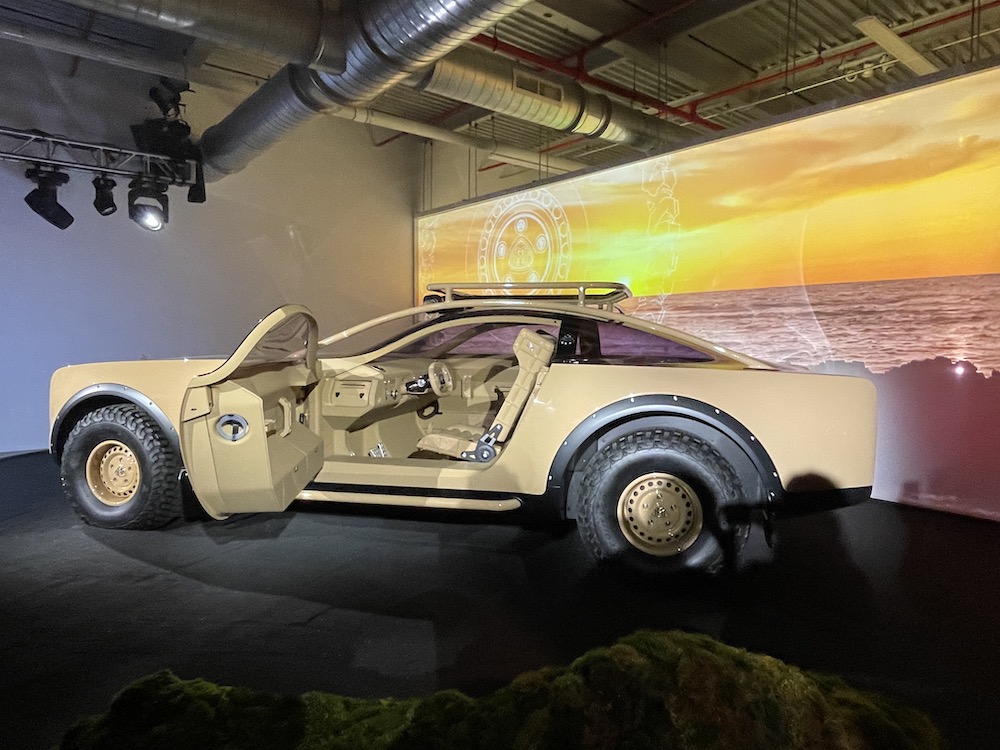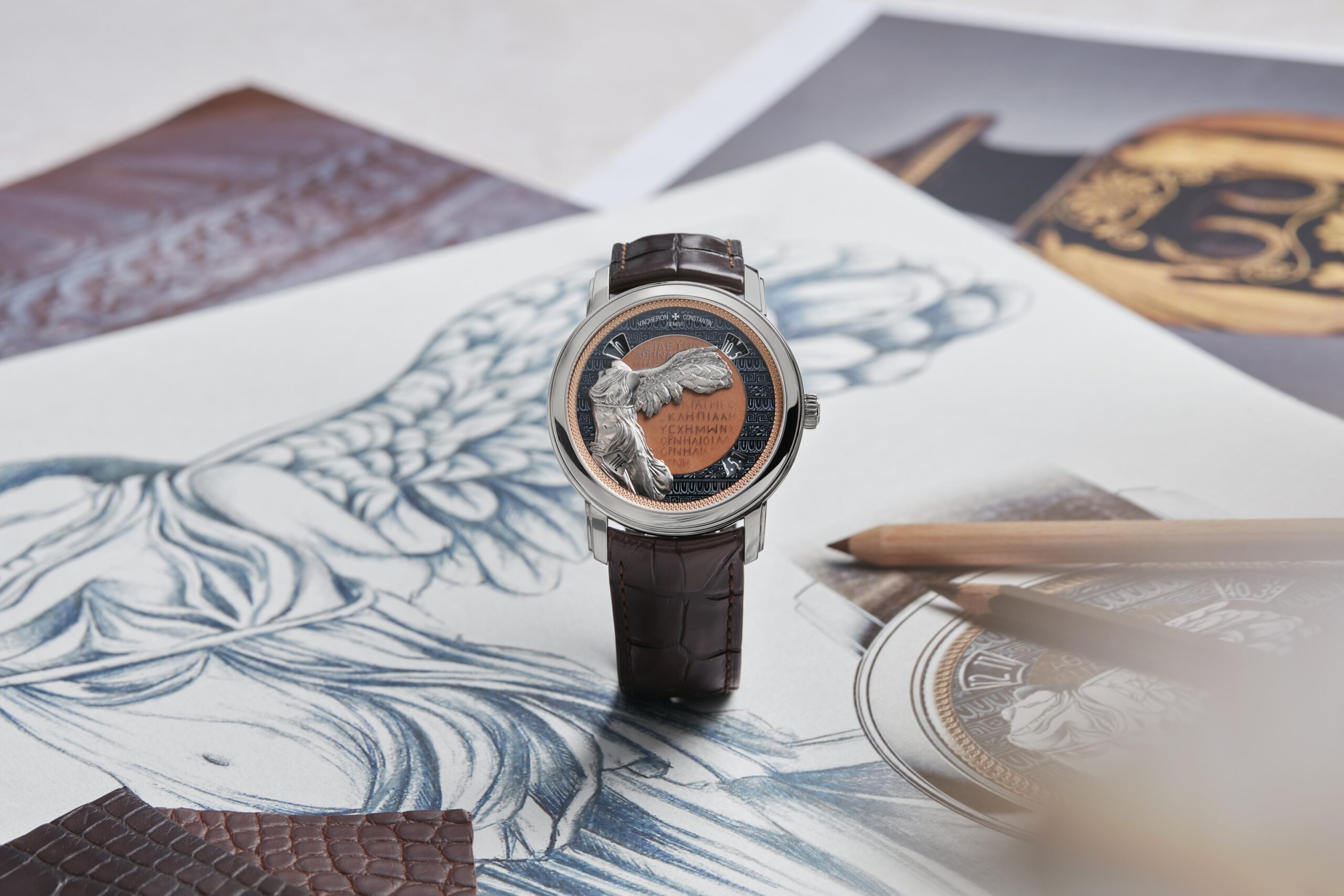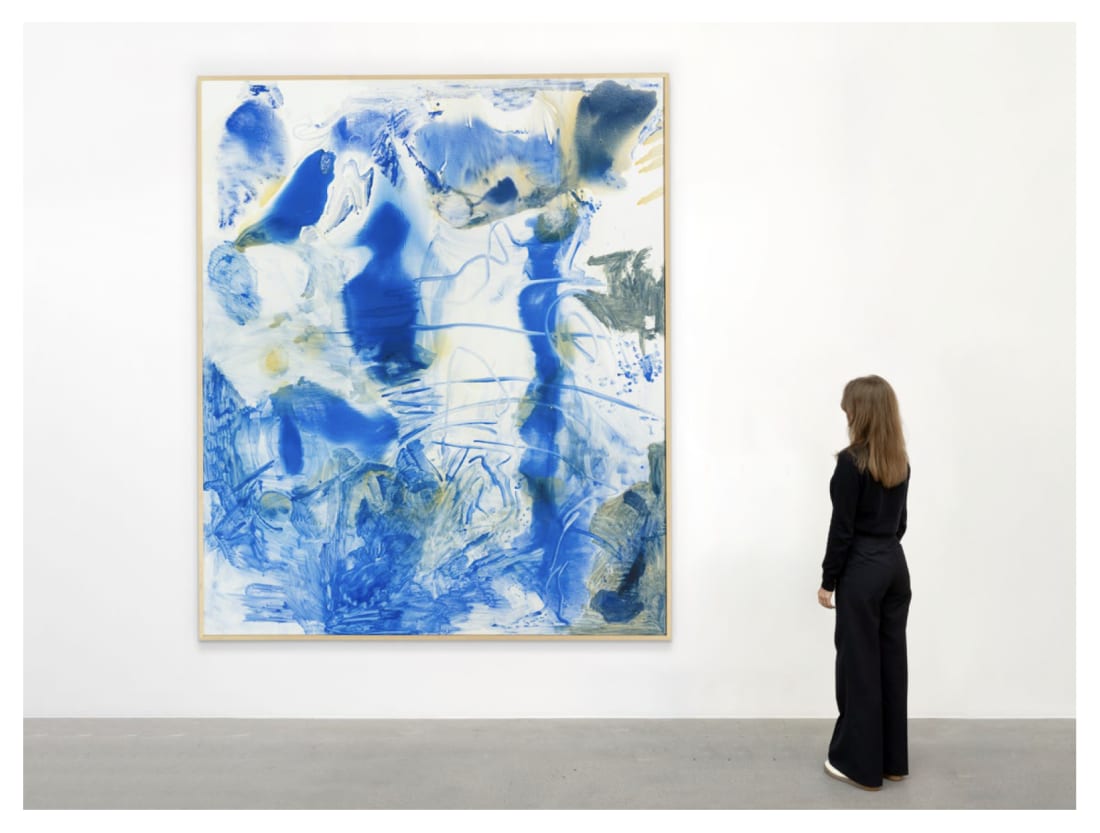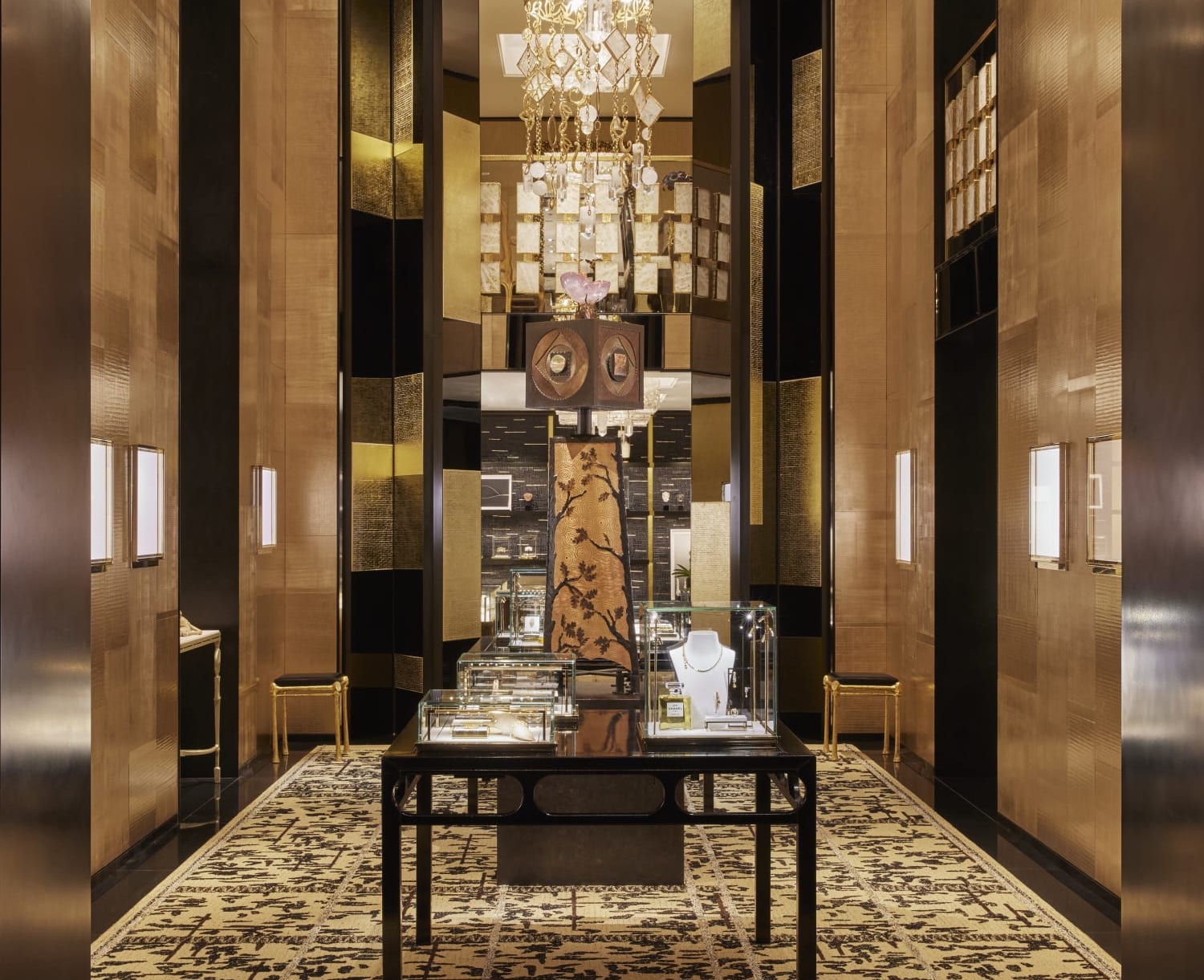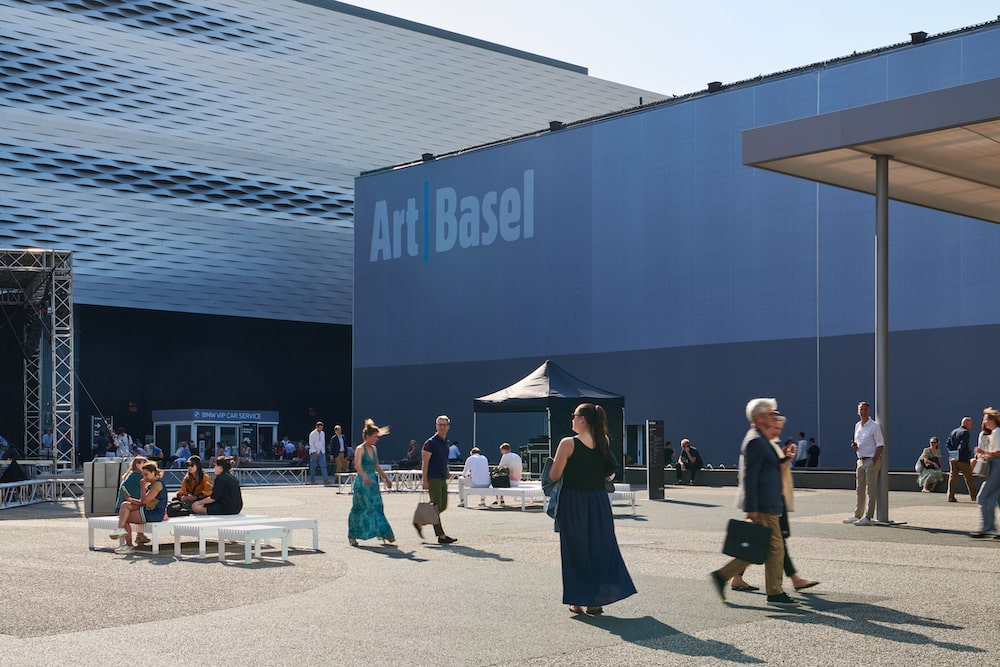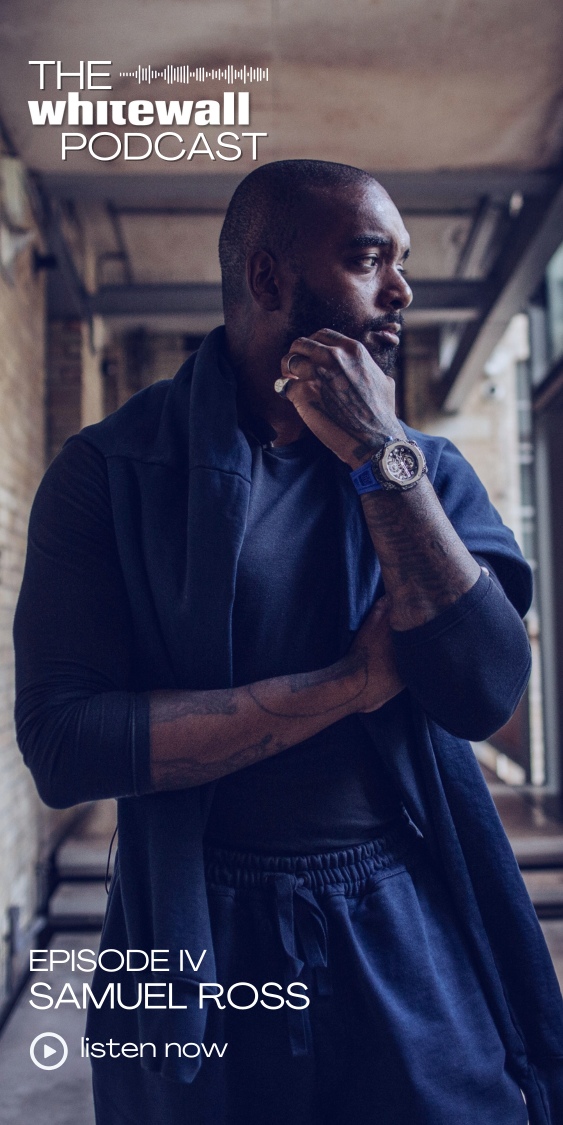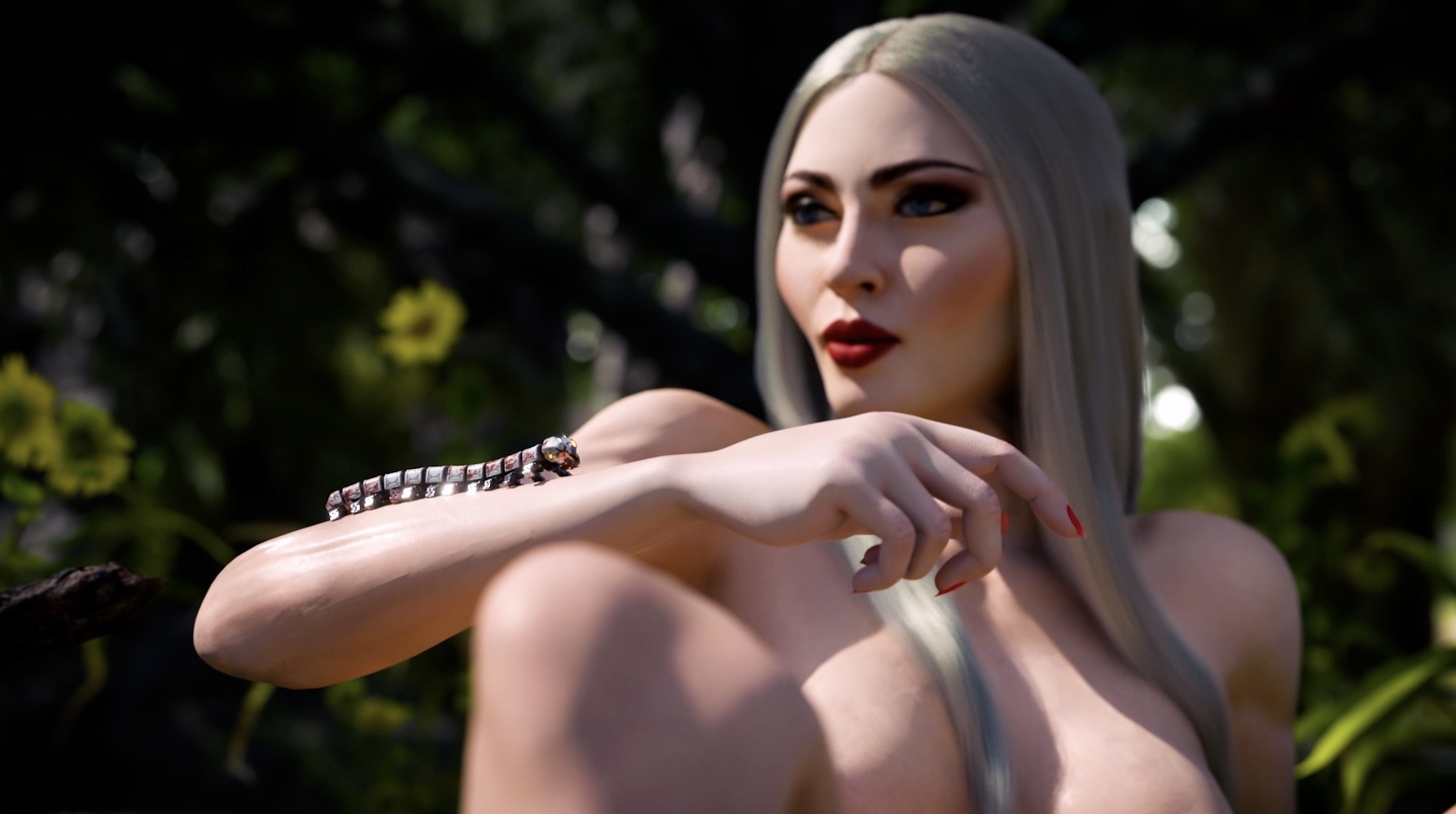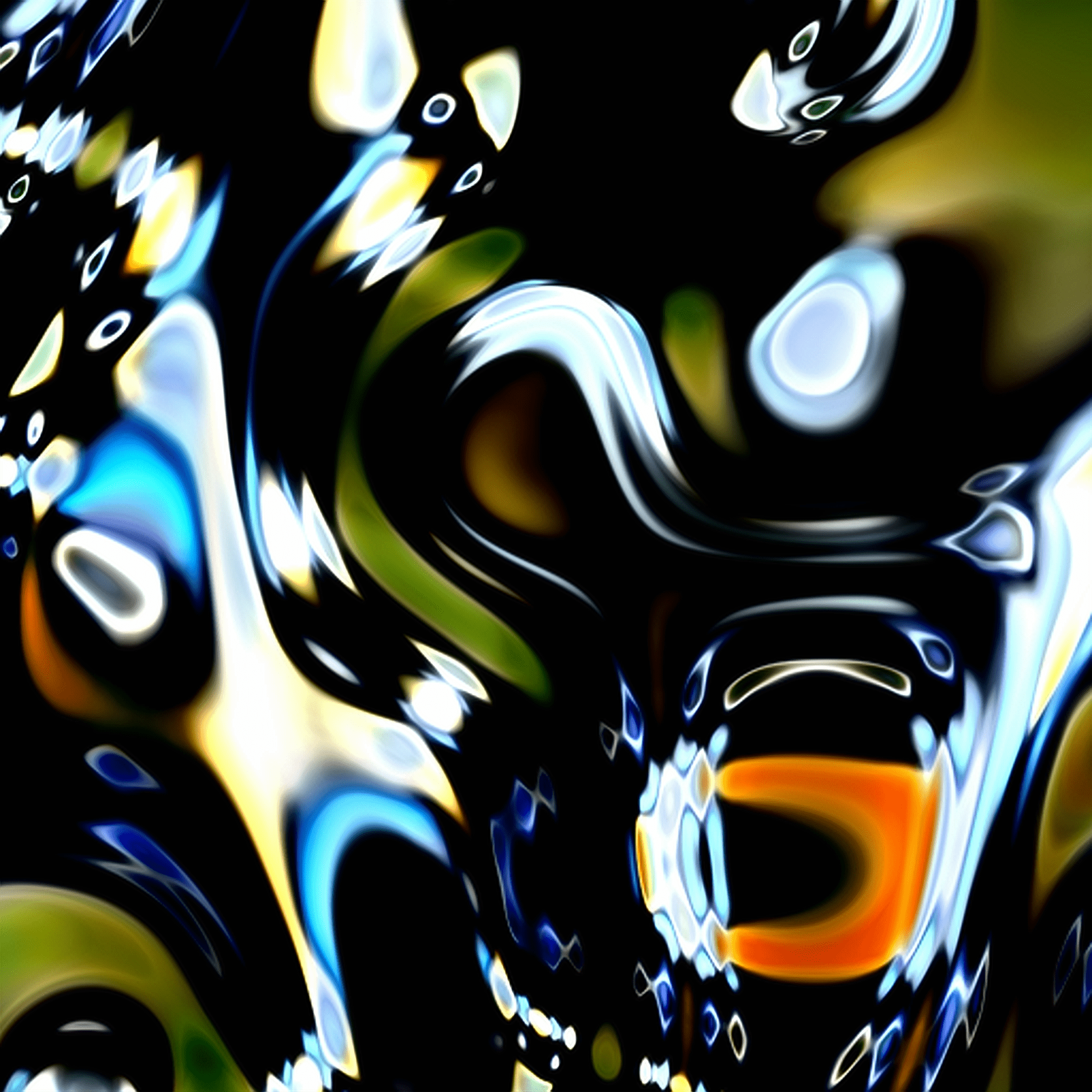Last fall during Frieze Week in London, Africa’s foremost crypto-artist Osinachi presented a group of five artworks entitled “Different Shades of Water” at the 1-54 African Art Fair in partnership with Christie’s. The project, curated by Daria Borisova, marked the first NFT series by a contemporary African artist to be sold by the auction house. Paying tribute to David Hockney’s well-known paintings of swimming pools, advocating what Osinachi calls “protest by existence,” we talked to the artist about the adaptation, incorporating his own beliefs and experiences within a set technological environment.
The five pieces were made in reference to Hockney’s Portrait of an Artist (Pool with Two Figures) (1972), consecutively depicting a Black figure in a pool of changing hues, playing with the subject’s body in various positions in and out of the pool.
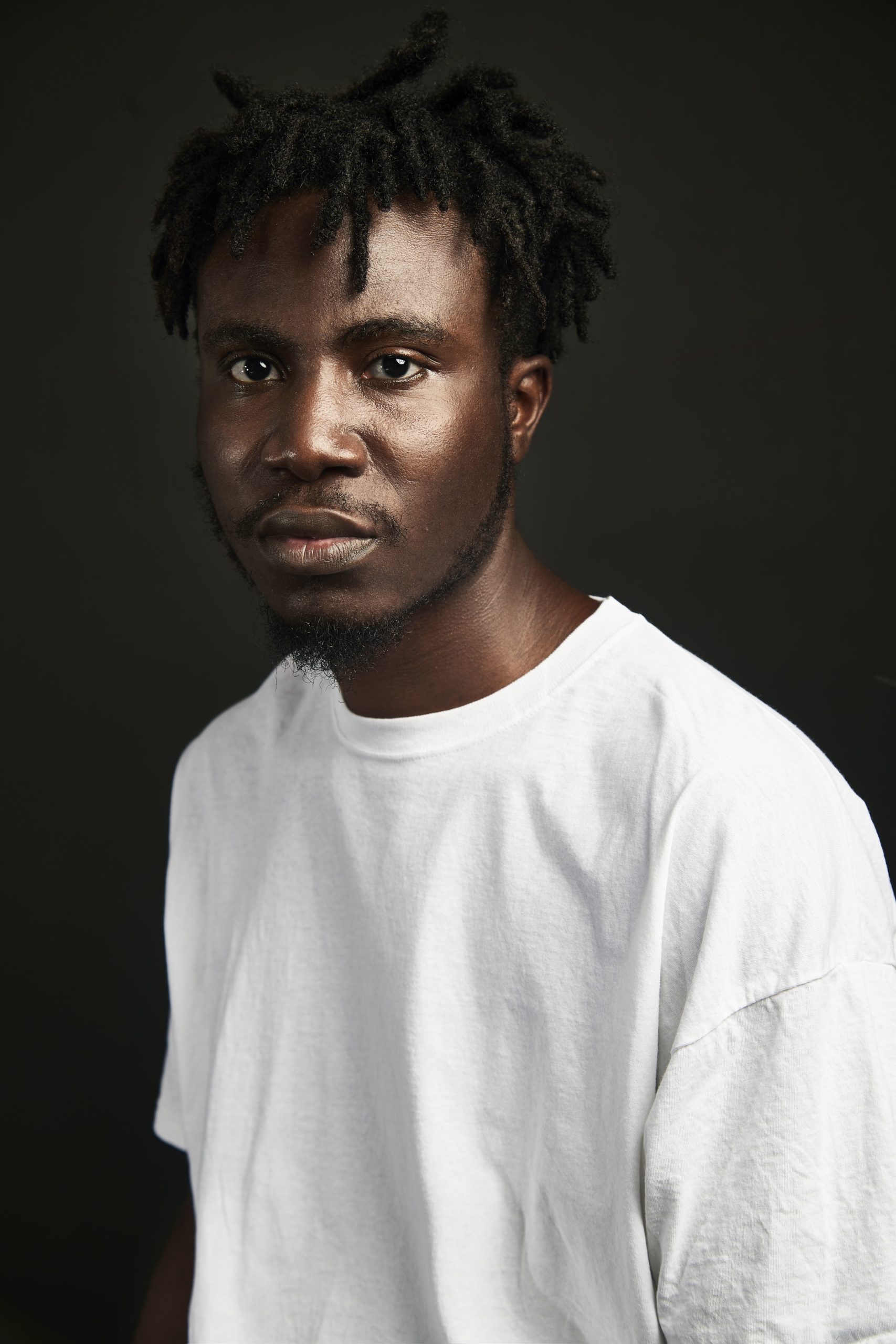 Portrait courtesy of Osinachi.
Portrait courtesy of Osinachi.
From a technical point of view, the series represents a triumph for the artist in his quest to create a recognizable body of water, one he shares with artists such as Claude Monet and Hockney, which, in the latter’s own words, described the difficulty to lie in that “it can be anything,” comprising of “any color,” with “no set visual description.”
Recalling moments dear to him, Osinachi recreates an emblematic scene: “daylight passing while the pool is there, changing as a reaction.” Exclusively utilizing the basic design palette of the Microsoft Word processing software, the artist adds to his challenge, circumventing and pushing the program’s aesthetic limitations. “I believe that each artwork I make should be better than the one I’ve made before,” he said.“Trying to get to perfection, that’s what I believe in… we’ll never attain it, but the journey is what is important.”
The resulting works veer towards abstraction, flattening color while combining intricate, cartographic-like patterns and bold saturations, both provocative and evocative in their culmination. Scenes delineative of the artist’s purpose, Osinachi opts for leisure and reflection, protesting against what he describes as, “the current idea that perverts the world which is work, work, work.”
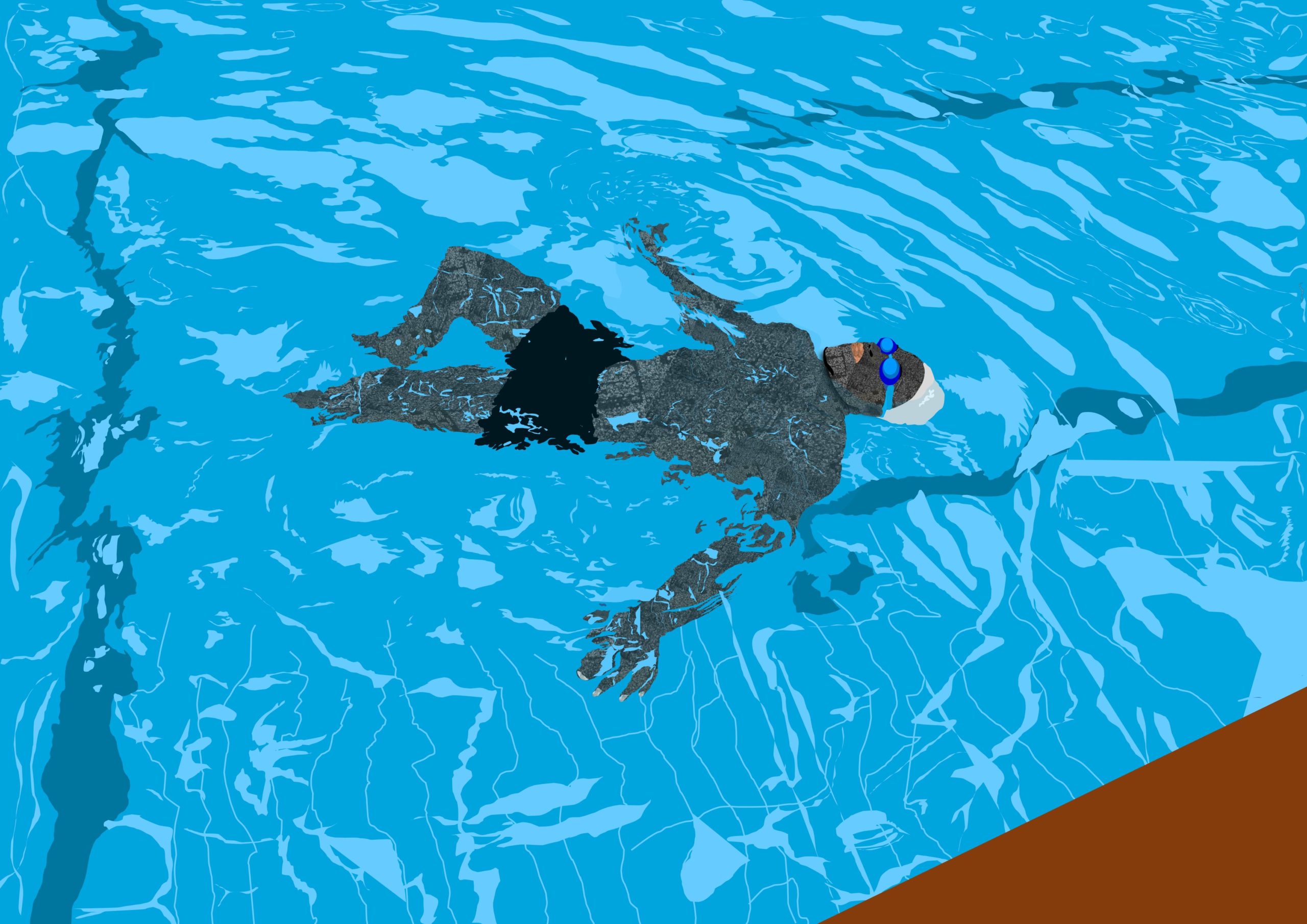 Osinachi, “MAN IN A POOL III,” 2021, courtesy of the artist and Daria Borisova.
Osinachi, “MAN IN A POOL III,” 2021, courtesy of the artist and Daria Borisova.
Meant as a social commentary on the endless prioritization of work and achievement over the welfare of the human body—especially Black bodies—Osinachi uses the full range of his palette as he thwarts societal conventions, drafting figures that are free to be themselves as they are and want to be, unblemished by social prejudices.
These images no doubt call to mind the segregation laws of the American South and elsewhere, which banned Black people from—among countless other spaces—public pools for decades. As both a Black man and a member of the LGBTQ+ community, Osinachi consistently depicts those who are underrepresented or ostracized from society, as a way to engage in advocacy.
In “Different Shades of Water,” Osinachi renders his subject’s skin in a collage of newspaper clippings, extending a clue to his audience. Winking at what he means by his process, he builds a cartography of the collective and individual histories of the African people.
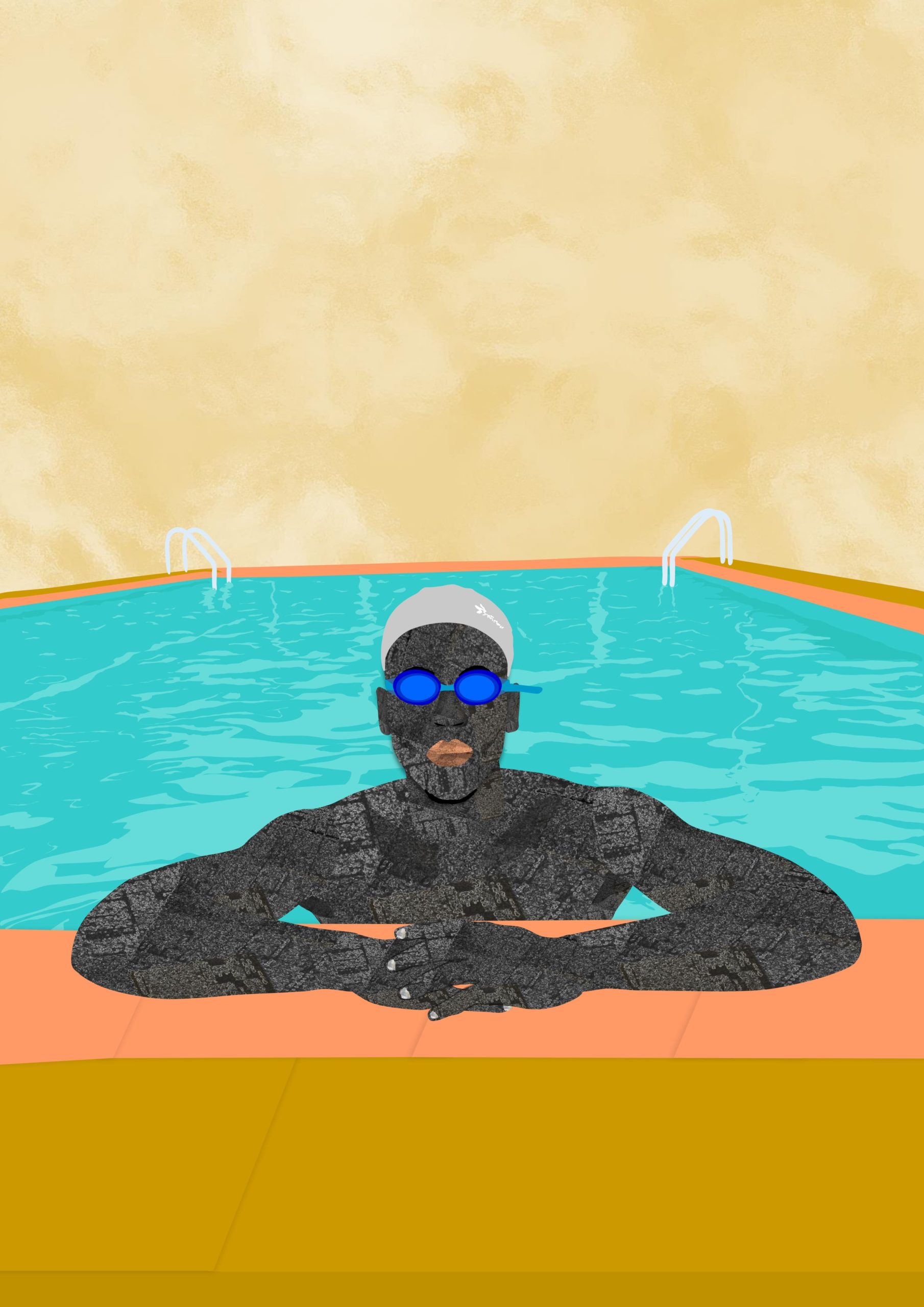 Osinachi, “MAN IN A POOL I,” 2021, courtesy of the artist and Daria Borisova.
Osinachi, “MAN IN A POOL I,” 2021, courtesy of the artist and Daria Borisova.
A self-taught pioneer in the artistic potential of Microsoft word, a medium not usually prescribed to the creation of art and accessible to many, Osinachi’s method of creation links him closer to his audience. When probed on what drew him towards such a limited utensil, the artist bluntly responded: “It was what was readily available to me, immediately available as a teenager when my dad introduced me to the computer at 15 or 16 years old,” he said. “I’ve never thought about being limited. As my practice has grown so has my ability to actualize my visions. I just start doing the work and somehow, I get it done and achieve what I need, most times, exceeding what I wanted to achieve in the first place.”
Osinachi develops a visual language solely his, embodying the very uniqueness of NFTs whose use he hopes to extend to others in his community. “NFTs can open up a lot of opportunities for African creatives, and not just for visual artists,” he said. “It can serve us because it creates actual value for our work without having to go begging gatekeepers or go through agents.” Enabling a new way to share and sell artworks without the interfering presence of third-parties, NFTs “validate what we’re doing in the digital art space, [allowing] African artists to actually succeed [as] crypto art and traditional art come to co-exist, hand-in-hand,” the artist explained.
In his mindset, all it comes down to is “possibility and consistency.” Making art since he was a teenager, Osinachi, now 31, used what tools he had at a time when creating digital art provided little future prospect or opportunity. “There was no blockchain then, and I never thought that it would be valuable in the future,” he said. “So, the message I would like to pass is, fall in love with what you do.” With such sentiments plainly visible on the screen, he delineates a passion surpassing all technical limitations.
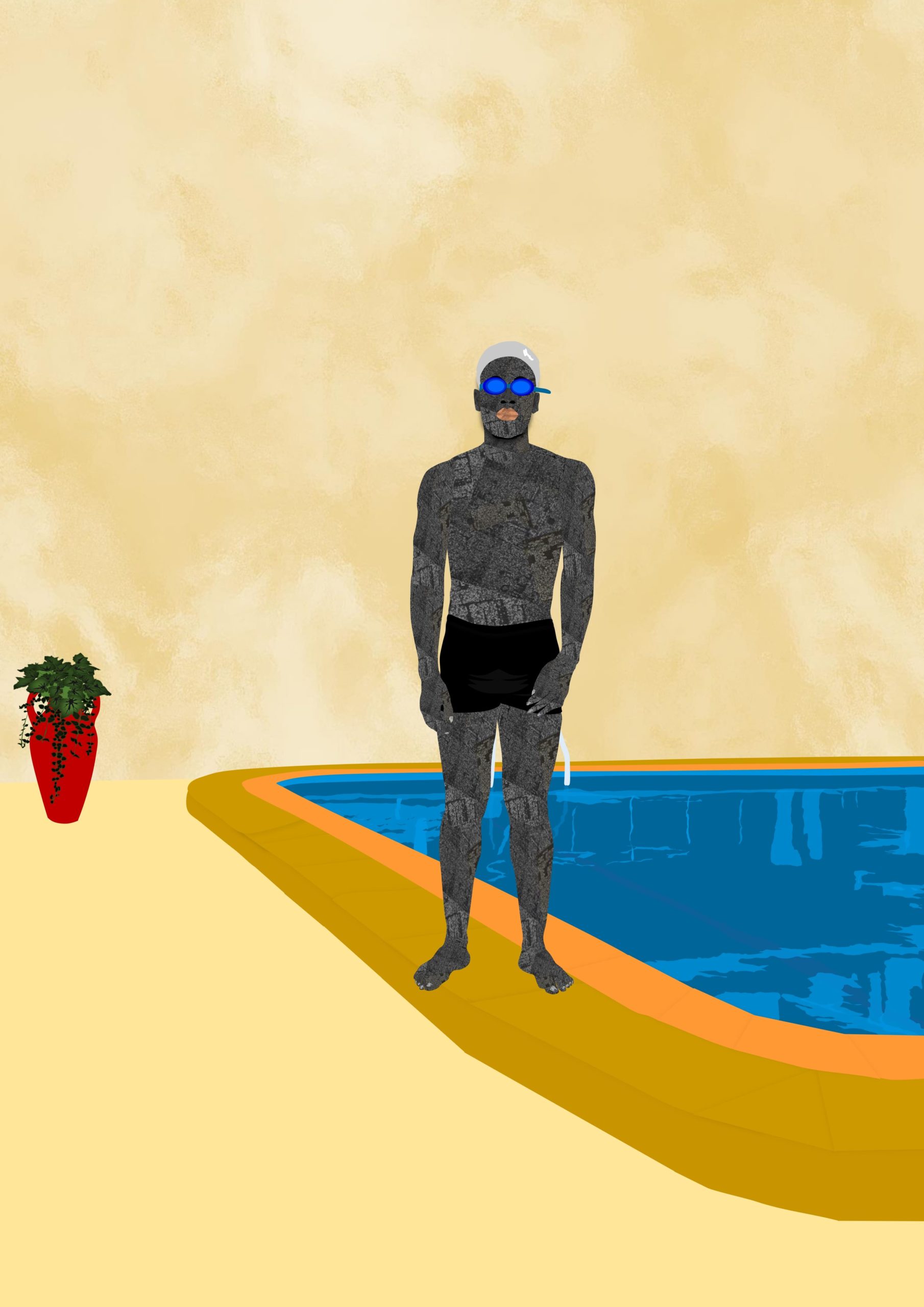 Osinachi, “POOL DAY I,” 2021, courtesy of the artist and Daria Borisova.
Osinachi, “POOL DAY I,” 2021, courtesy of the artist and Daria Borisova.
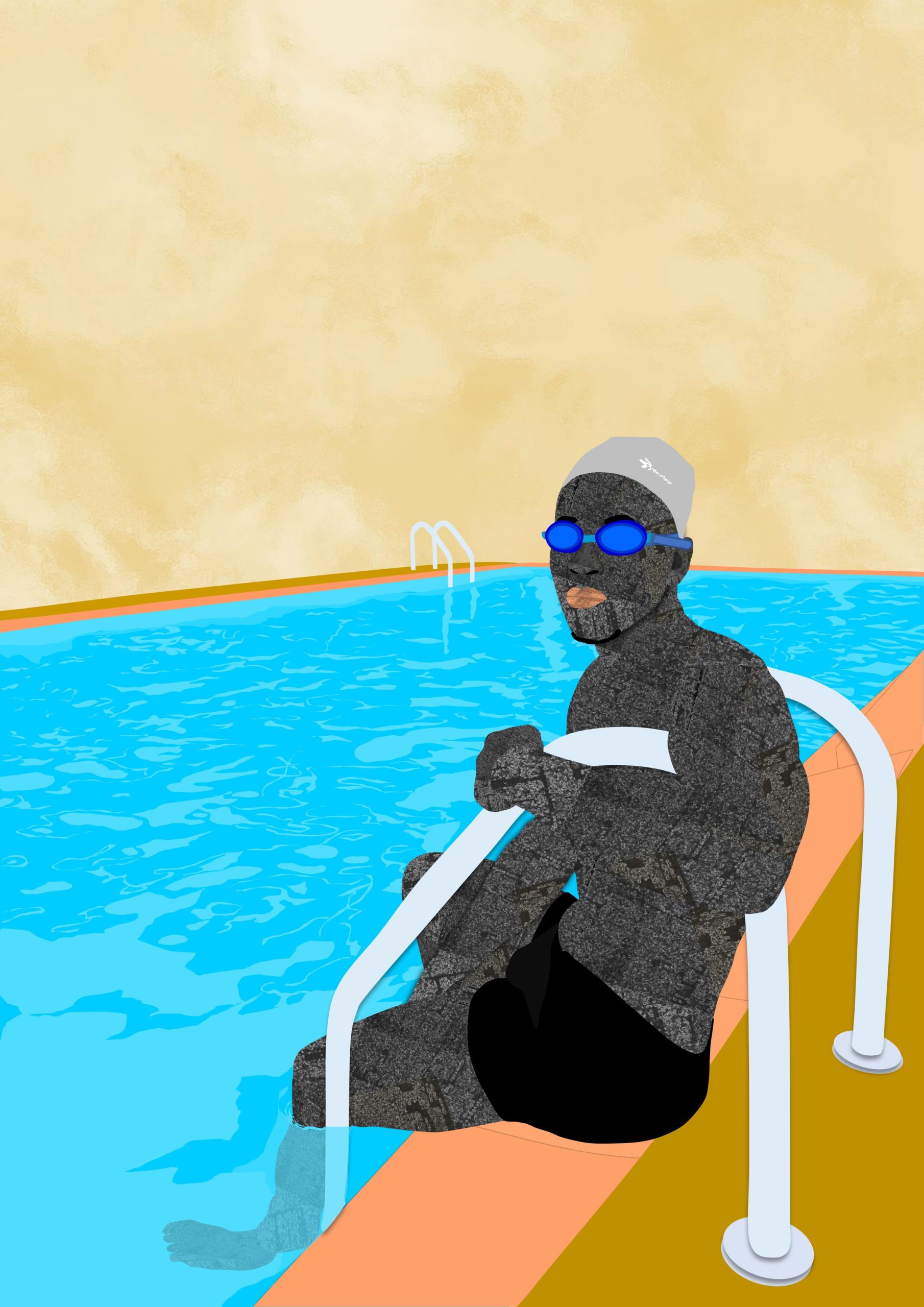 Osinachi, “MAN IN A POOL II,” 2021, courtesy of the artist and Daria Borisova.
Osinachi, “MAN IN A POOL II,” 2021, courtesy of the artist and Daria Borisova.
